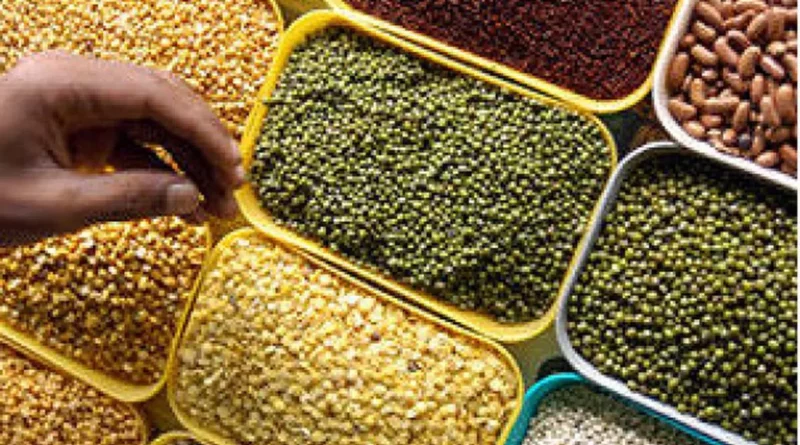India’s pulses imports may touch 3 mt in current fiscal.
Pulses imports are seen rebounding to a six-year high in the current financial year on shortfall in domestic output following deficit rainfall in growing areas. Trade estimates that pulses imports are likely to touch 3 million tonnes(mt) during the current financial year, an increase of around 31 per cent over last year’s 2.29 mt.
The shortfall in domestic output due to weather vagaries led to prices spiralling in recent months. The government, besides opening up imports of yellow peas till March 31, 2024, has extended the window for duty-free imports of pulses such as lentils (masur), tur (pigeon pea) and urad (black matpe) till March 2025, to boost the supplies and keep prices under check.
Lentils tops 1 mt?
‘Chana output was good last year, while the moong bean production was not that encouraging this kharif as it was affected due to the dry spell in Rajasthan. We are still dependent on imports for the pulses varieties such as tur, urad and lentils. We will end up importing almost 3 mt of pulses this financial year’ said Bimal Kothari, chairman, India Pulses and Grains Association (IPGA).
As per the DGCIS data, India has already imported over 1.96 mt of pulses during the April-October period of the current financial year, valued at over Rs.14,057 crore ($1.69 billion). Of this, the imports of lentils is reported to have crossed a million tonnes.
India had imported a record 6.5 million tonnes of pulses during 2017-18, when yellow peas were imported in large quantities. Imports declined in the subsequent years after restrictions were placed on varieties such as yellow peas, chick peas and moong.
Sowing down
As of December 29, the pulses acreages in the current rabi season was down at 142.49 lakh hectares (lh) over 153.22 lh a year ago. This was mainly on account of a dip in chana acreage at 97.05 lh over 105.80 lh a year ago. However, the area under lentils has seen a marginal increase at 18.68 lh (18.02 lh).
The trade expects chana output to be lower by 10-15 per cent on account of a drop in acreage, while the production of lentils is likely to increase with favourable weather in the key producing States of Madhya Pradesh and Uttar Pradesh.
This article has been republished from The Hindu Business Line.

